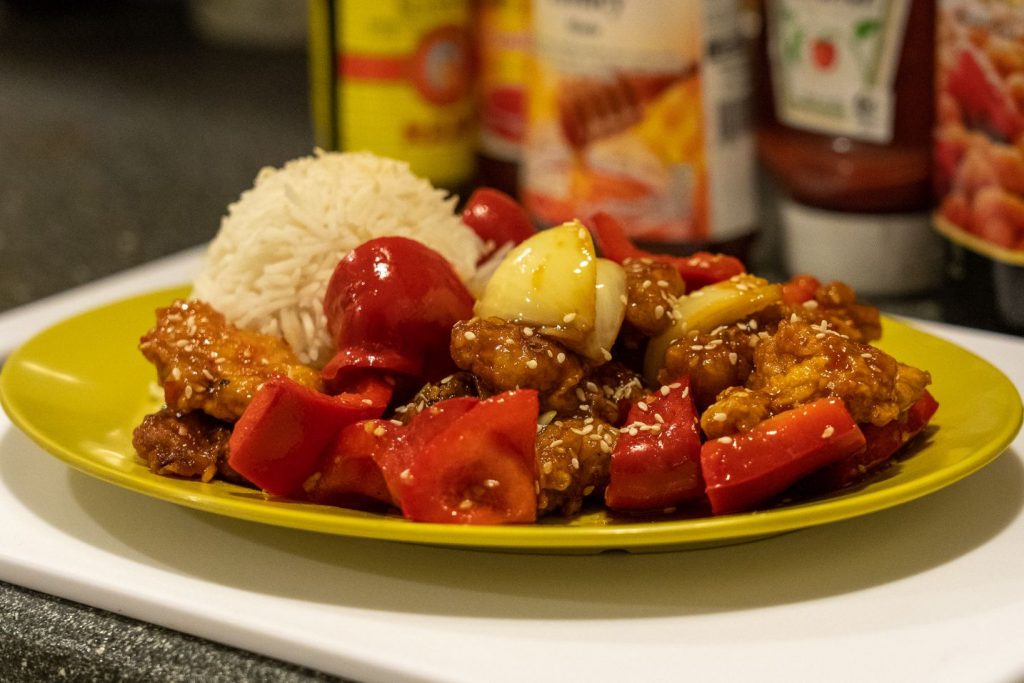Chinese Sesame Chicken, a dish celebrated worldwide, is renowned for its delightful interplay of sweet and savory flavors, enriched by a hint of sesame. Despite its present-day popularity, the origins and history of this dish are often overlooked, a narrative that is as fascinating as the dish itself.
To truly appreciate the history of Sesame Chicken, one must first understand the rich tapestry of Chinese cuisine. Dating back thousands of years, Chinese culinary tradition showcases a diverse array of regional styles and cooking techniques. Each region, from the spicy Sichuan to the milder Cantonese, has its unique culinary personality, contributing to the vast spectrum of Chinese cuisine.
However, the origins of Sesame Chicken are not as ancient. This dish, as we know it today, was born out of the American-Chinese food culture that developed in the early 20th century. This was a time when Chinese immigrants began settling in the U.S., bringing their culinary traditions along with them and adapting them to cater to local American tastes.
Despite its American roots, Sesame Chicken borrows heavily from traditional Chinese culinary practices. The technique of battering and frying chicken pieces, for instance, is a common practice in many Chinese dishes. This method of cooking, known as 'guoba' in Mandarin, is a testament to the Chinese love for contrasts in texture, combining the crunchiness of the fried batter with the succulence of the chicken.
The sweet and savory sauce, another hallmark of Sesame Chicken, is also reminiscent of the sauces used in numerous Chinese recipes. This sauce, typically a blend of soy sauce, sesame oil, sugar, and vinegar, encapsulates the Chinese philosophy of balancing flavors, known as 'fan-ts'ai'.
An interesting fact about Sesame Chicken is its frequent confusion with other American-Chinese dishes like General Tso's chicken and Sweet and Sour Chicken. While they might share a similar appearance and cooking method, each dish boasts a distinct flavor profile. Sesame Chicken is sweet and nutty, General Tso's Chicken packs a spicier punch, and Sweet and Sour Chicken is known for its tangy flavor.
In modern times, Sesame Chicken has garnered a spot as a staple item on menus in Chinese restaurants across the globe. It's not just a popular take-out dish in the U.S., but also a much-loved meal in many other countries. This global appeal showcases the adaptability of Chinese cuisine, reflecting its ability to seamlessly blend with local tastes and preferences.
In conclusion, Chinese Sesame Chicken, while a relatively recent addition to the broad spectrum of Chinese cuisine, perfectly encapsulates the spirit of Chinese cooking. It embodies a harmonious blend of flavors, textures, and cooking techniques. It stands as a testament to the adaptability of Chinese cuisine, highlighting how a centuries-old culinary tradition can evolve and find a home in kitchens worldwide.

